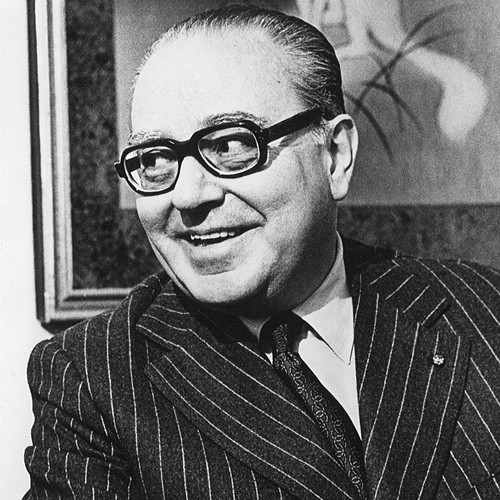
Nobody knows when humans started dancing, but it must have been a very long time ago. It was probably a natural expression of joy or elation or perhaps even – in its early days – frenetic body motions to frighten away undesirable animals. It would be centuries before the concept of ritual dancing emerged. But of course, all this is so far back in human history that we simply don’t know. Your guess it as good as mine and to be honest, probably better.
We know that formalized dancing was practised among the ancient Greeks, because various household objects such as drinking vessels, depict images of dancers and musicians. Even so, we don’t know very much about what the music actually sounded like. It wasn’t until the Renaissance began to dawn, that an increasing amount of dance music was written down. Huge collections were produced during the second half of the sixteenth century onwards, notably by prolific composers like Michael Praetorius, Tielman Susato and publisher Pierre Phalèse who, in the town of Leuven started a bookselling business which developed into a successful publishing house. By 1575, Phalèse had produced nearly two hundred books of popular dance music, many of which were for the lute, a popular instrument at the time. At first, Phalèse outsourced his books to various printers, but later produced his own music books using the then state-of-the-art technology, movable type.
During the sixteenth and seventh centuries, dance music of all forms flowed from many composers, including some distinguished ones like Bach, Handel, and the hyper-productive Georg Philipp Telemann who wrote suites of dances, though not for dancing but for courtly entertainment.
Zoltán Kodály (koh-DAH-yee) is best known as the creator of the Kodály method of music education. He became interested in music education in 1925 after hearing some school-kids singing in the street. He was horrified by their tuneless squawking and assumed that the music teaching in the schools was to blame. He set about a campaign for better teachers, a better curriculum, and more class-time devoted to music. His tireless work resulted in many publications which eventually influenced music education world-wide.
Kodály is most closely associated with something he didn’t actually invent: the hand-signs. These hand-signs represent each note of the scale and were invented by the English minister and music teacher John Curwen in the mid-nineteenth century. Curwen had previously invented the Tonic sol-fa system and the hand-signs were a natural extension of this approach. The hand-signs were used in the 1977 movie Close Encounters of the Third Kind, but they didn’t logically fit the plot and were perhaps included in an attempt to add a bit of gravitas to a rather implausible scene.
Kodály wrote his colourful Dances of Galánta in 1933 using folk music of the Galánta region, now part of Slovakia. The work is in five sections and the clarinet is especially prominent because it represents a Hungarian folk instrument known as the tárogató.
Alberto Ginastera (jee-nah-STEHR-ah) is considered the most powerful voice in Argentine classical music. He studied at the conservatoire in Buenos Aires, and later with the American composer Aaron Copland. Ginastera’s music can be challenging, percussive, thrilling, thought-provoking and sometimes even downright scary. The thunderous last movement of his dramatic First Piano Concerto was brought to fame in 1973 when it was adapted by the rock group Emerson, Lake & Palmer. Ginastera even approved of the arrangement, which relied heavily on keyboards and synthesized percussion.
Much of Ginastera’s music is nationalistic and draws on Argentine folk themes or other elements of traditional music. He greatly admired the fine Gaucho traditions and this is reflected in his 1942 one-act ballet Estancia (“The Ranch”). It’s a story about a city boy who falls for a rancher’s daughter but the girl finds him weak and dull compared to the macho and intrepid Gauchos. Ginastera turned the ballet music into a remarkable four-movement orchestral suite and if you haven’t heard Ginastera’s work before, this is a great place to start. All the hallmarks of his style are there: his love of percussive sounds, his sparkling angular melodies and his exciting use of complex rhythms.
You would need a heart of stone to not be moved by the delicious slow movement with its searching melodies (03:19) and the dazzling last movement entitled Malambo (09:19) which is an absolute “must hear”. The malambo is a traditional and somewhat complicated Argentinean folk dance performed only by men and the movement’s closing section is absolutely thrilling, with cataclysmic percussion and brilliantly articulated playing from this fine German orchestra. Recorded at an outdoor concert in Frankfurt a couple of years ago, this is wonderful action-packed music that is impossible to resist.
 |
 |
 |





